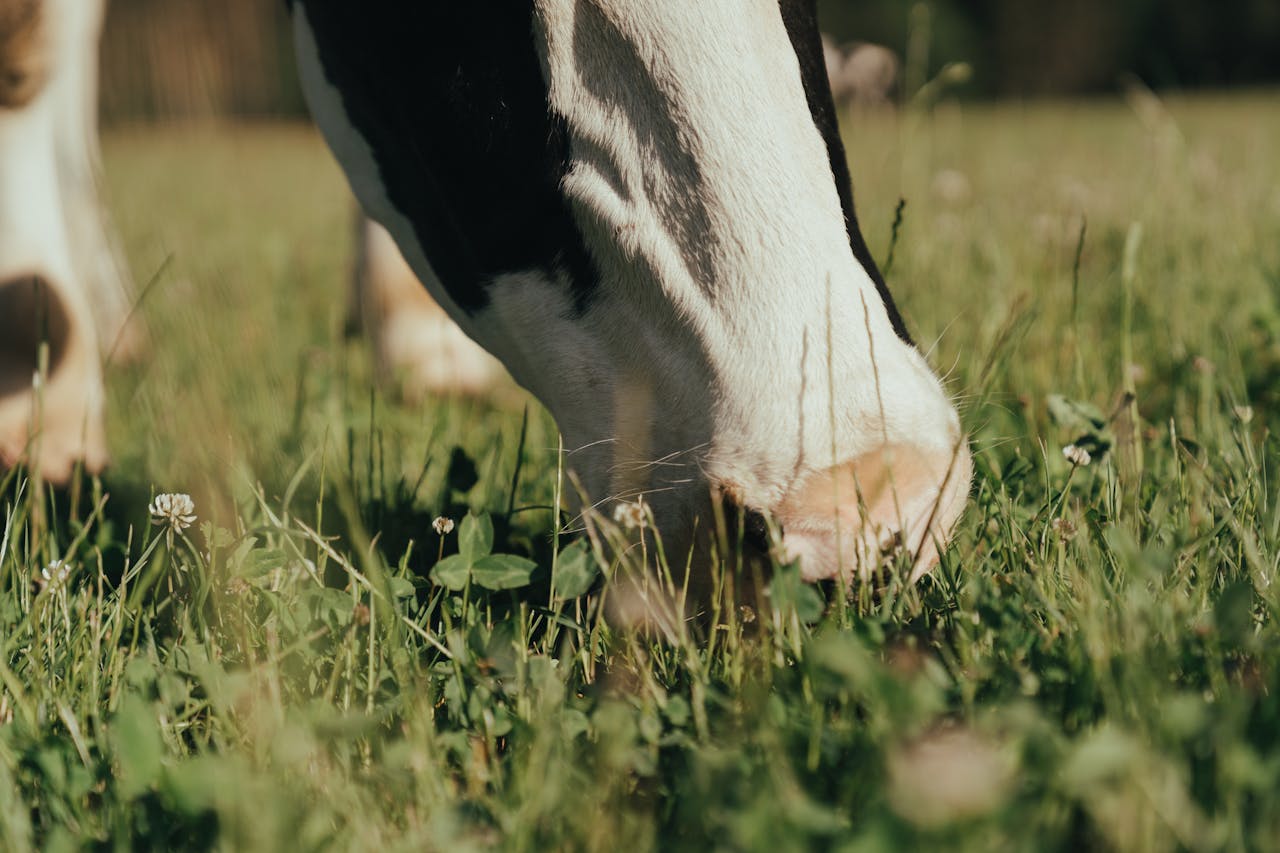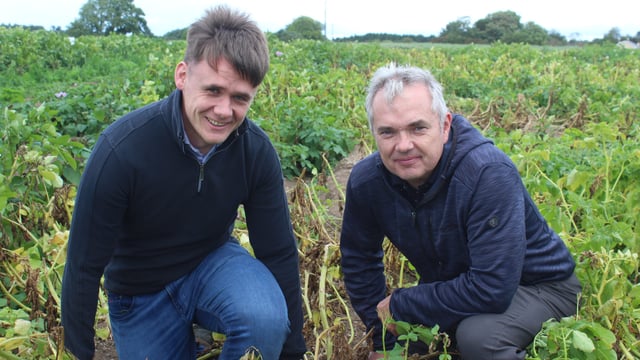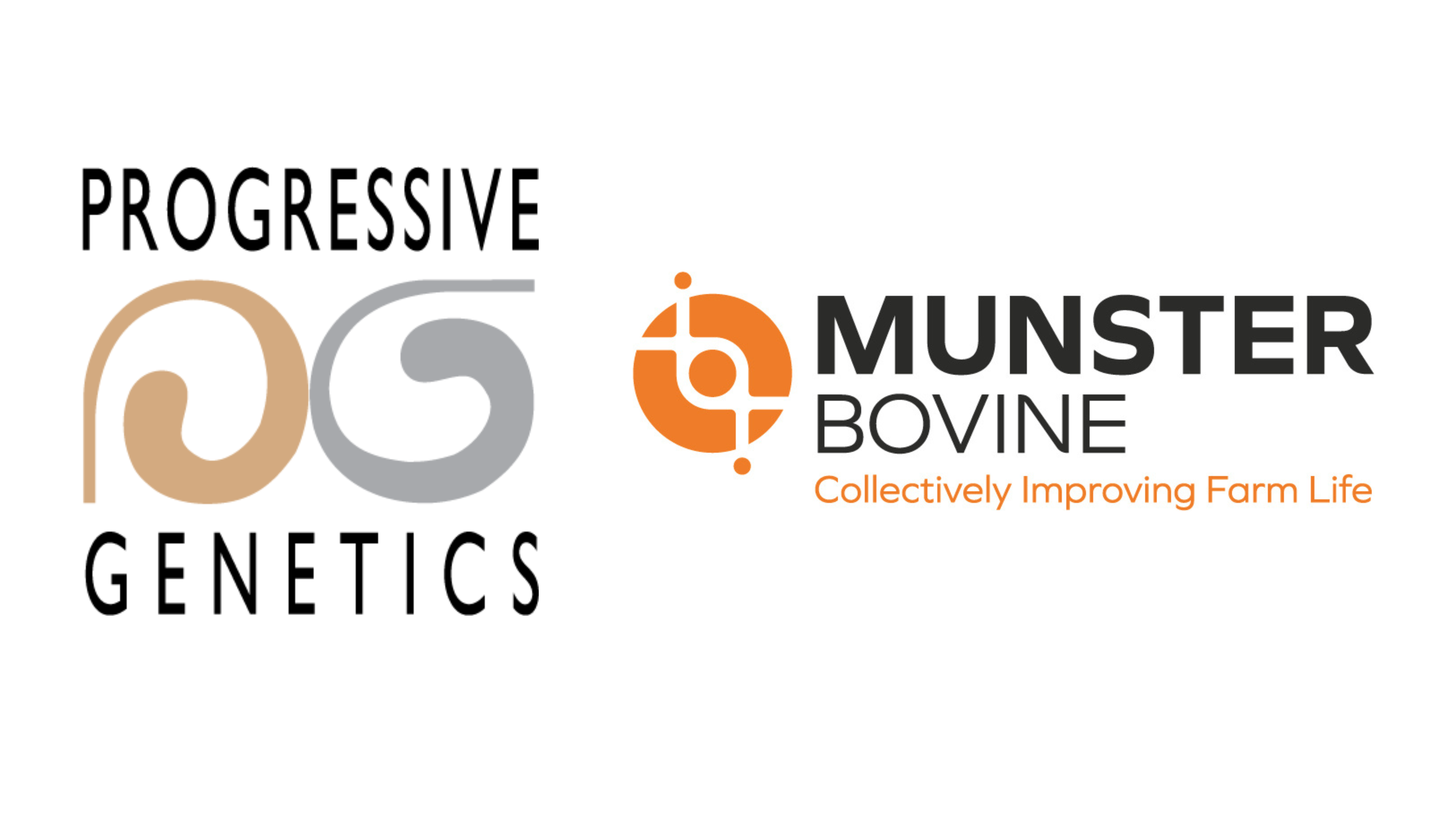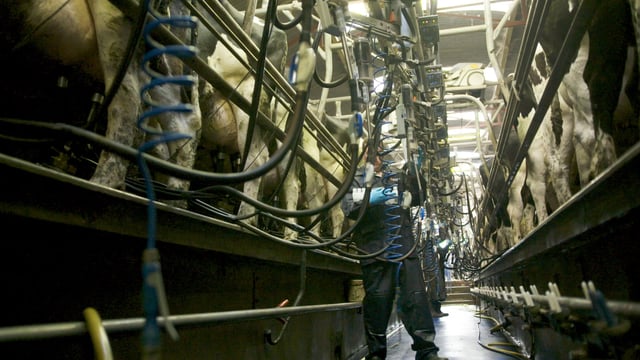Researchers develop new database of microbes in food
Researchers have developed a database of the "food microbiome" and have shown that food-associated microbes account for around 3% of the adult and 56% of the infant gut microbiome on average.
"Complex microbiomes are part of the food we eat and influence our own microbiome, but their diversity remains largely unexplored," according to a recently published study in the scientific journal, Cell.
The study Unexplored microbial diversity from 2,500 food metagenomes and links with the human microbiome identified 10,899 food-associated microbes, half of which were previously unknown species.
Commenting on the study which is the "largest survey of microbes in food", co-senior author and computational microbiologist, Nicola Segata at the University of Trento in Italy and the European Institute of Oncology in Milan said:
"This suggests that some of our gut microbes may be acquired directly from food, or that historically, human populations got these microbes from food and then those microbes adapted to become part of the human microbiome.
“It might seem like only a small percentage, but that 3% can be extremely relevant for their function within our body. With this database, we can start surveying at a large scale how the microbial properties of food could impact our health.”
Traditionally, microbes in food have been studied by culturing them one-by-one in the lab, but this process is slow and time consuming, and not all microbes can be easily cultured, the study states.
Therefore, the researchers leveraged metagenomics, a molecular tool that enabled them to simultaneously sequence all the genetic material within each food sample.
The team analysed 2,533 food-associated metagenomes from 50 countries and from a variety of food types, of which 65% were dairy sources, 17% were fermented beverages, and 5% were fermented meats.
These metagenomes - all of the genomic material from all of the micro-organisms in an environment - comprised genetic material from 10,899 food-associated microbes categorised into 1,036 bacterial and 108 fungal species.
While the researchers didn’t identify many "overtly pathogenic" bacteria in the food samples, they did identify some microbes that might be "less desirable" due to their impact on food flavor or preservation, the study states.
Knowing which microbes “belong” in different types of food could help producers, both industrial and small-scale, to produce more consistent and desirable products, the researchers said.
It could also help food regulators define which microbes should and should not be in certain types of food and to authenticate the identity and origins of “local” foods, the study states.
“One thing that was striking is that some microbes are present and performing similar functions in even quite different foods, and at the same time, we showed that foods in each local facility or farm have unique characteristics.
“This is important because it could further improve the idea of the specificity and the quality of local foods, and we could even use metagenomics to authenticate foods coming from a given facility or location," Segata said.
The study was led by researchers in Ireland (Teagasc), Italy, Spain, Iceland, and Austria, as well as many other contributors, and is part of the Microbiome Applications for Sustainable food systems through Technologies and EnteRprise (MASTER) project.
The EU-funded MASTER project is coordinated by Prof. Paul Cotter who is the head of food biosciences at Teagasc, and a principal investigator at APC Microbiome Ireland and the VistaMilk Science Foundation Ireland (SFI) research centres.
Teagasc said the open-access database of metagenomes from food is a "milestone" which will help researchers worldwide tackle global challenges like food waste and antimicrobial resistance (AMR), while increasing food safety.
While food microbes can have both a positive impact on food production, such as through food fermentation, they can also have negative impacts, including spoilage or foodborne disease, according to Teagasc.
The database is to be extensively used for microbiome studies and applications in food industries, for example studying microbe movement along the food chain and the spread of AMR genes, Prof. Cotter said.
"The availability of cFMD [curated Food Metagenomic Data] represents a major step toward a future where metagenomic sequencing could replace classical microbiology as a more accurate and faster food-chain microbe tracking tool," he added.






